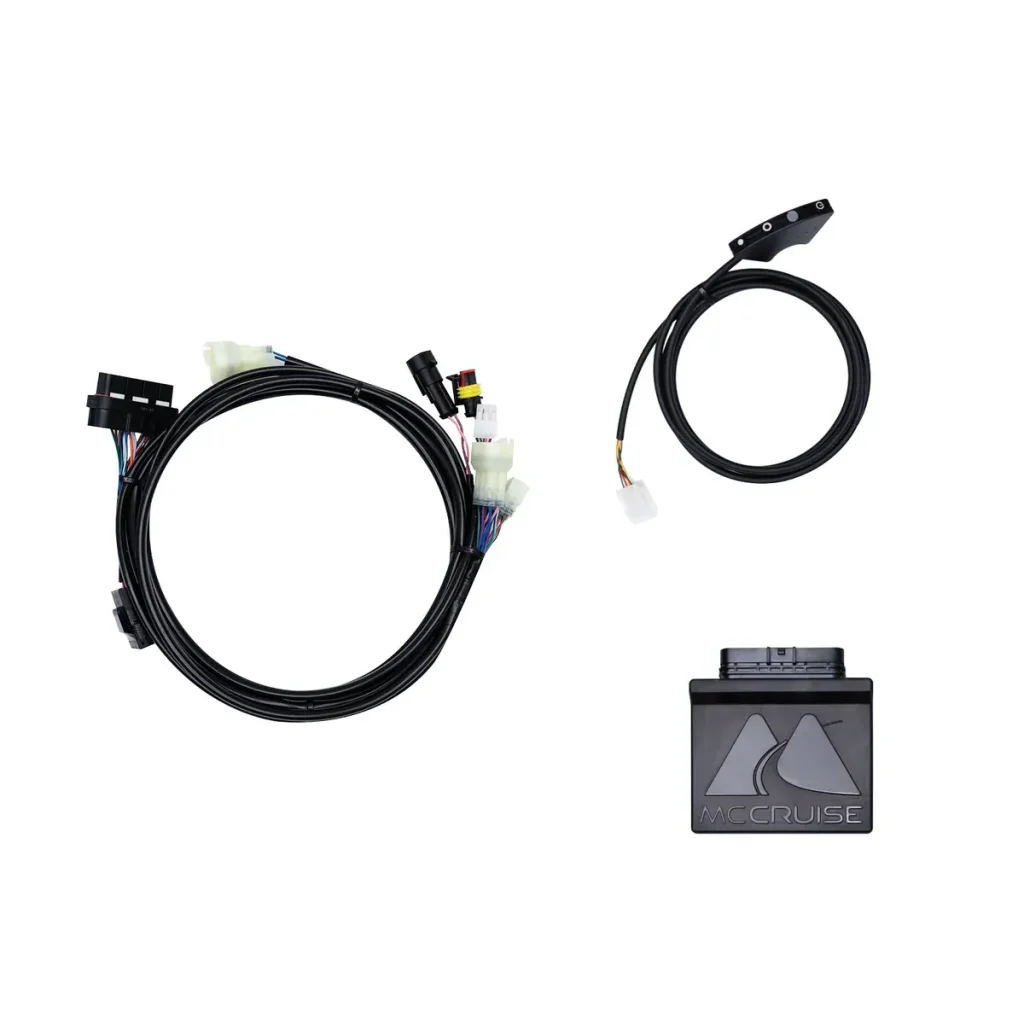I’ve always believed that small changes can make a big difference—especially on the road. One of those small but powerful tools is the speed limiter. Whether you drive for a living or manage a fleet, this simple device can reshape how we drive, save fuel, and even make the roads safer for everyone.
If you’re looking to install a speed limiter device in Singapore, it’s good to understand how it works and why it’s not just about staying under the speed limit—it’s about driving smarter.
What is a Speed Limiter?
A speed limiter is a device installed in a vehicle to prevent it from going over a certain speed. Think of it like a ceiling for your speedometer. Once the vehicle reaches the set speed, the limiter controls the fuel or engine power to stop further acceleration.
There are different types:
- Mechanical limiters: Mostly used in older vehicles, these physically block the throttle.
- Electronic limiters: These are more advanced. They use the engine control unit (ECU) or GPS to cap speed without affecting engine performance.
They’re commonly used in public buses, delivery trucks, school transport, and now more in personal and fleet vehicles too.
How Speed Limiters Improve Driver Awareness
When drivers know they can’t exceed a certain speed, they naturally start paying more attention to their surroundings. Without the pressure to go faster, the brain can focus more on road conditions, traffic signs, and the behavior of other drivers.
Here’s how it helps:
- Less speeding = more control: Drivers become more mindful and cautious. It’s not about being slow—it’s about being in control.
- Reduced aggressive driving: Tailgating, sudden overtaking, and lane weaving drop significantly.
- Consistent driving habits: No more constant acceleration and braking, which means smoother, calmer driving.
Speed limiters act as a mental reminder to stay disciplined and alert behind the wheel. It’s like having a co-pilot that keeps you in check.
Better Fuel Efficiency with Speed Limiters
Driving fast burns more fuel. That’s a fact. Every time you push the pedal harder, your engine drinks up more fuel to keep up. By limiting top speeds, you automatically reduce unnecessary fuel use.
Here’s what happens:
- Stable speeds mean less fuel burn: The engine runs more efficiently when speeds are steady.
- Less idling from traffic stops: Smooth driving means fewer harsh stops and starts.
- Longer engine life: Efficient speed management reduces strain on the engine, lowering maintenance costs too.
In short, speed limiters are a tool for fuel economy, not just for safety. Fleet operators have reported up to 20% fuel savings after adopting them.
Why Fleet Operators Should Take Notice
For transport businesses, every dollar saved on fuel or repairs counts. Speed limiters offer both operational savings and driver behavior improvements.
Here’s how they benefit:
- Driver accountability: Telematics and GPS tracking linked to limiters help track who’s following driving rules.
- Lower maintenance costs: Controlled speeds reduce wear on brakes, tires, and engines.
- Fewer traffic violations: Fines from speeding tickets add up. Speed limiters cut that risk.
- Improved safety record: Lower accident rates mean fewer insurance claims and better reputation.
With the added bonus of regulatory compliance in many countries, especially in logistics-heavy cities, it’s a smart long-term investment.
Are Speed Limiters Mandatory in Some Regions?
Yes, they are. Many countries in Europe, Africa, and Asia are making speed limiters mandatory—especially for commercial vehicles.
In Singapore, the Land Transport Authority (LTA) has rules requiring speed limiters in heavy vehicles like buses and trucks. There’s growing interest in expanding this to smaller fleet vehicles as the city pushes toward smart and safe mobility.
Regulatory push is not just about punishment—it’s about creating a better traffic culture.
How to Choose the Right Speed Limiter Device
Not all limiters are created equal. Here are some features to look for:
- Accuracy: It should maintain speed without sudden cut-offs.
- Adjustability: Some models allow changing the speed setting as needed.
- Integration with vehicle systems: Modern models work with GPS and telematics.
- Easy installation: Plug-and-play devices reduce downtime.
- After-sales support: Choose a provider that offers training, warranty, and service.
Always check local regulations before buying to ensure your device meets government standards.
Final Thoughts
Speed limiters aren’t about slowing you down—they’re about helping you drive smarter. By keeping speed in check, drivers stay more focused and relaxed. At the same time, vehicles use less fuel and last longer.
Whether you’re a solo driver or manage a fleet, it’s clear: speed control is fuel control—and a safety upgrade too.



